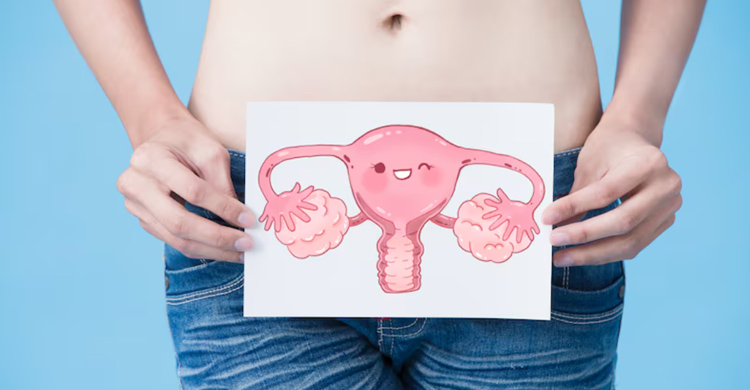
Understanding Dermoid Cysts
Dermoid cysts belong to the group of benign tumors that contain skin tissue, teeth, hair, and can be found in other parts of the body. However, this type of cyst most commonly appears in the facial area.
Cysts form due to developmental abnormalities in the fetus. That is why this type of cyst often can be immediately visible when a baby is born but rarely occurs during fetal development.
These cysts are like pouches and are present from birth. Dermoid cysts are generally benign, grow slowly, and are not soft, unless they rupture. Besides the face, these cysts can also form inside the body, such as in the uterus and spine.
Causes of Dermoid Cysts
This condition can be eliminated through surgical procedures. Generally, this type of cyst is not dangerous but should still be monitored. Because cysts can cause serious disturbances if they rupture and cause bacterial infection.
This type of cyst occurs due to congenital disorders (present at birth) that occur during embryonic development when the skin layer does not grow together. In individuals with spinal involvement, cysts occur early in embryonic development when part of the neural tube fails to close completely.
The neural tube is a collection of cells that will become the brain and spinal cord. Young women are at a higher risk of developing this disease.
Symptoms of Dermoid Cysts
Symptoms may include small painless lumps. The lump may be the same color as the skin or may have a slightly yellowish color. This type of cyst is also smooth, firm, and not soft. Ruptured cysts can cause infection and damage to the skin.
Ovarian dermoid cysts can develop during a woman’s reproductive years. Torsion or twisting of the ovary, infection, rupture, and cancer can occur due to this disease.
If this type of cyst in the ovary has grown large enough, one symptom that may be felt is pain in the pelvic area, which may be more pronounced during menstruation.
In dermoid cysts in the spine, symptoms are observed based on the size and location of the cyst. Symptoms that may occur include weakness, tingling in the arms and legs, difficulty walking, and difficulty controlling urination and bowel movements.
Diagnosis of Dermoid Cysts
During a physical examination, the doctor will observe the type of cyst close to the skin surface. Such as periorbital cysts located near the eyelids.
Supporting examinations such as CT scans and MRI scans are needed to evaluate cysts near sensitive areas, such as the eyes, neck, and spine. Scanning tests are also needed to determine how close nerves that may be damaged during surgery are.
Ovarian dermoid cysts can be diagnosed with pelvic examinations and pelvic ultrasound. Doctors may also use ultrasound via the vaginal canal to assess the presence of cysts more clearly.
Treatment of Dermoid Cysts
This disease can be treated with surgical procedures. Additionally, there are several key factors to consider before surgery, such as health history, severity of the cyst, and infection risk. Most of these cysts are benign, but they can rupture and cause infection in surrounding tissues.
Untreated spinal dermoid cysts can grow large enough to damage the spinal cord or nerves. Meanwhile, ovarian dermoid cysts can grow large enough to affect the position of the ovaries in the body, blood flow to the ovaries, and the ability to conceive. Surgery is performed to prevent these occurrences. Surgical risks include tissue trauma, bleeding, and infection.
Prevention of Dermoid Cysts
No efforts can be made to prevent dermoid cysts, as this condition occurs due to abnormalities in fetal development. However, the risk of complications from this disease can be avoided. Therefore, do not delay hospital visits if experiencing cyst symptoms or developing lumps in the body.
This disease can cause complications due to the size or rupture of the cyst. Some complications that may arise include:
- Difficulty speaking and swallowing, if the cyst grows on the tongue
- Persistent headaches
- Abscesses or collections of pus due to cyst infections
When to See a Doctor?
Any lumps on the body should be examined to determine whether the type of cyst that appears is benign or malignant. In the case of dermoid cysts, treatment is not urgent. However, cysts that are inflamed, painful, cause fever, enlarge, and change color should be discussed with a doctor promptly.




